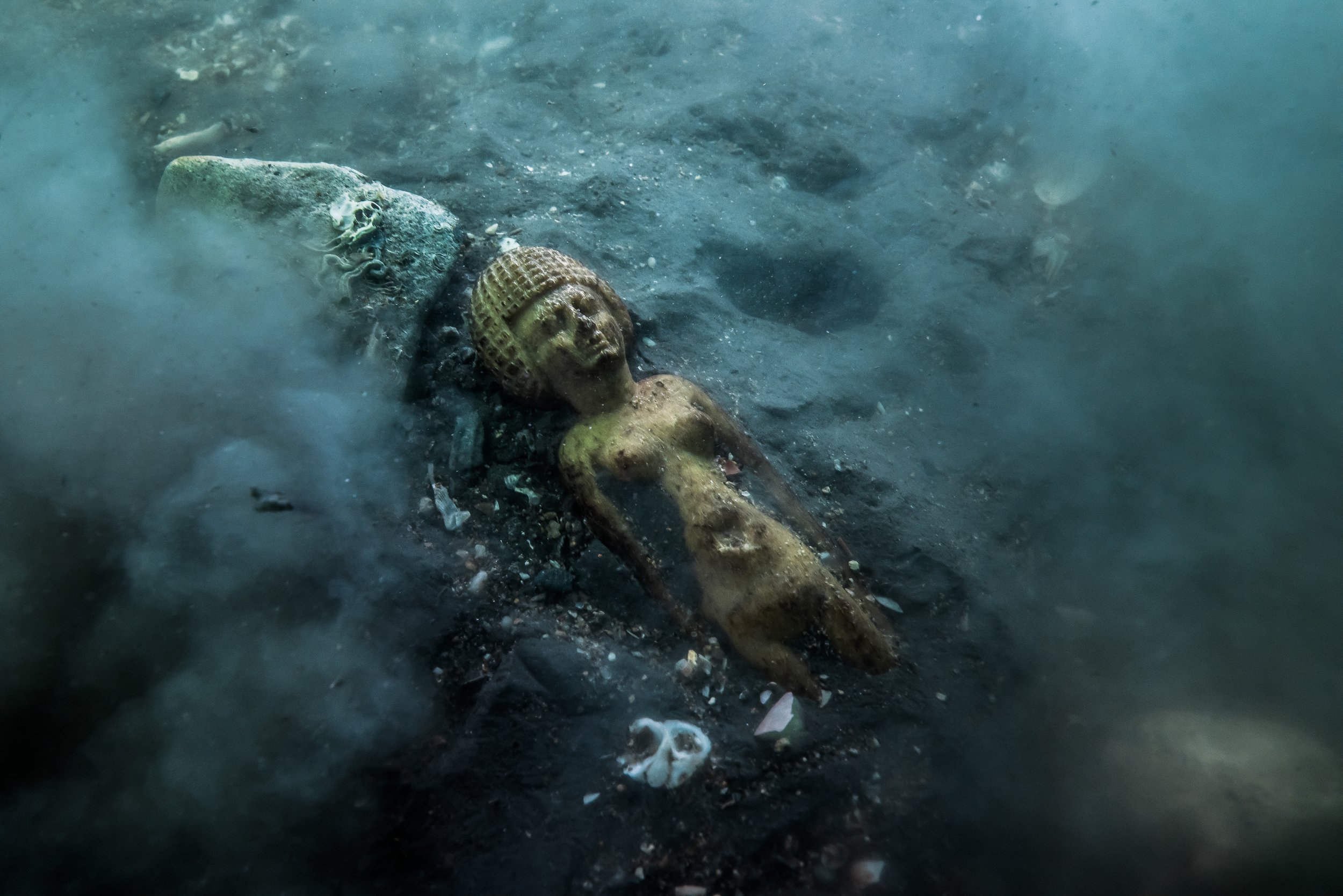Unearthing the Daily Life of Ancient Egyptians
What Statuettes from Ancient Egypt Reveal About the Past
For centuries, the ancient city of Thonis-Heracleion lay hidden beneath the waters of the Mediterranean, its history kept secret by the layers upon layers of sediment settled over centuries. Rediscovered through groundbreaking underwater archaeological work, this once-thriving port city continues to reveal glimpses of its past, not only through grand temples and monumental sculptures but through the smallest artifacts of daily life that hold the secrets of the people who lived and worked in this forgotten world.
Imprinted by history
Among the next generation of archaeologists, one of the latest students who had the opportunity to work on artifacts from the excavation site is Leonie Hoff. She is studying the various terracotta, bone, stone and faience statuettes found at Thonis-Heracleion. While decades of research have provided numerous insights into the overall layout of this once so important port city, Hoff’s work takes us back to the everyday life of its inhabitants. Her study of the statuettes allows us to draw conclusions about the lives they lived, the objects they used, and about the people who made these objects themselves.
By analyzing the fingerprints – namely the density and breadth of the finger grooves - on sixteen figurines, Hoff uncovered a surprising truth: contrary to what ancient Greek texts suggest, figurine-making was not solely a male occupation. Women and children played vital roles, with children handling simpler tasks of the production process like pressing wet clay into molds, while women and men worked on the intricate assembly of these statuettes from delicate, individually molded pieces. In ancient Greece, figurine making was a separate trade with a low social status. Hoff was also able to distinguish between figurines imported from Greece and those made in the region.
The young archaeologist is only at the beginning of her research, but she is convinced that the Heracleion statuettes contain more information that will be revealed by future in-depth studies.
A long-lasting partnership
Since 1996, the Hilti Foundation has been supporting the underwater archaeological research of French archaeologist Franck Goddio and his team of the European Institute for Underwater Archaeology (IEASM) in cooperation with the Ministry of Tourism and Antiquities in the region of Alexandria. This partnership has not only led to the rediscovery of two cities, Thonis-Heracleion and Canopus, which had disappeared from the historical record for many hundreds of years, but also to revolutionary scientific findings that have added significant new aspects to the history of the late Pharaonic period.
In 2003, this collaboration expanded with the establishment of the Oxford Centre for Maritime Archaeology (OCMA), a specialist research initiative within Oxford University’s School of Archaeology. Since then, OCMA has been inspiring the next generation of archaeologists, providing them with unparalleled opportunities to dive into maritime archaeology and make groundbreaking discoveries. Among these efforts is Leonie Hoff’s research thesis, guided by OCMA Director Damian Robinson, whose expertise has shaped many of the center’s most fascinating studies. For an inside look at 20 years of collaboration between Franck Goddio and Damian Robinson, their recent podcast offers a captivating glimpse into the partnership that continues to unlock the secrets of the past.



